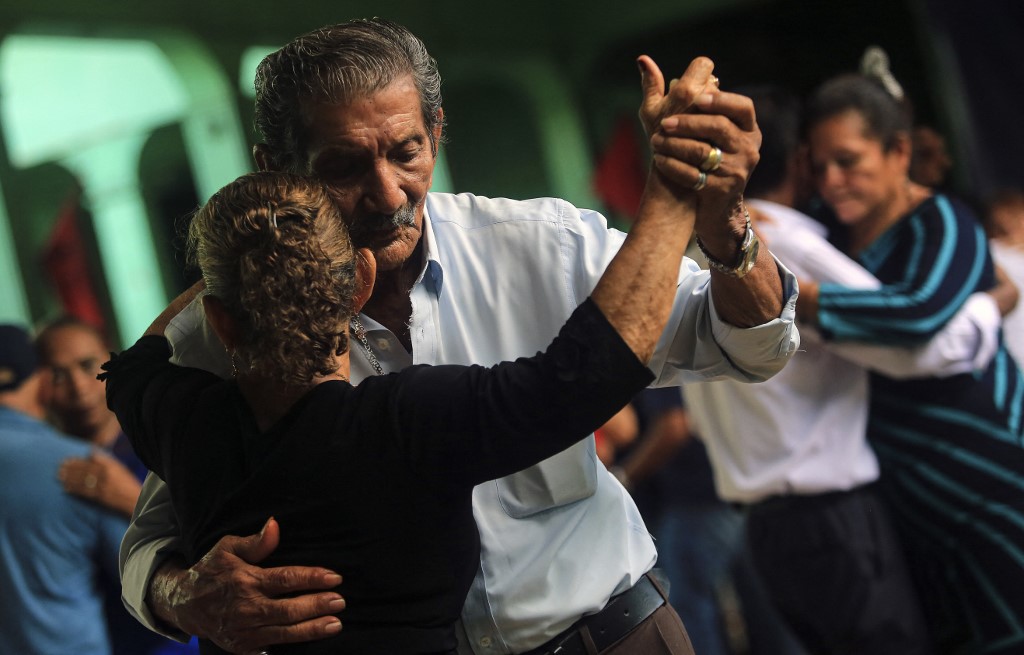
Costa Rica’s music scene is a rich mix of indigenous, Spanish, and Afro-Caribbean influences, shaped by centuries of cultural exchange. From the marimba’s lively rhythms to the pulsing beats of reggaeton, the country’s music reflects its diverse heritage and evolving identity.
This article explores the traditional and modern styles that define Costa Rican music, highlighting key genres, instruments, and artists who keep the culture alive.
Traditional Music: The Roots of Costa Rican Sound
Costa Rica’s traditional music draws from the country’s indigenous groups, Spanish colonizers, and Afro-Caribbean communities. Indigenous peoples like the Bribri, Cabécar, and Chorotega used flutes, drums, and ocarinas in ceremonial songs long before European arrival. The Spanish introduced guitars and string instruments in the 16th century, while African slaves brought percussion-heavy rhythms, laying the foundation for today’s folkloric music.
Folkloric music remains a cornerstone of Costa Rican culture, often played at festivals and celebrations. It features instruments like the marimba—a wooden xylophone with a bright, resonant sound—alongside guitars and drums.
Rhythms such as salsa, cumbia, and the regional Puntarenas style are distinct to Costa Rica, each carrying the energy of its cultural origins. Bands like Los de Palmar, active since the 1940s, have preserved these traditions, performing globally and earning recognition for their role in cultural preservation. Schools also play a part, with student groups learning traditional instruments to keep the music alive for future generations.
In the Guanacaste region, folk music is tied to dance, with trumpets and marimbas creating a marching-band-like sound. The Central Valley’s serenatas campesinos, played on guitars, tell stories of rural life with a Spanish-inspired melancholy. On the Caribbean coast, Afro-Caribbean influences dominate, with complex percussion rhythms like sinkit and genres such as calypso and reggae.
Puntarenas Music: Coastal Rhythms
Puntarenas music, born in the Pacific coast province of the same name, is known for its upbeat tempo and festive spirit. Played with guitars, maracas, and drums, it mixes indigenous and Afro-Caribbean rhythms like salsa, cumbia, and its namesake puntarenas style.
This music is a staple at events like the Fiestas de la Luz and Fiestas de Puntarenas, where locals and visitors dance to its infectious beats. Modern artists have added contemporary elements, keeping the genre fresh while honoring its roots.
Afro-Caribbean Sounds: Calypso and Reggae
The Caribbean province of Limón is the heart of Costa Rica’s Afro-Caribbean music, shaped by Jamaican immigrants who arrived in the 19th century to work on railroads and banana plantations. Calypso, originating in Trinidad, and reggae, rooted in Jamaica, are central to this region’s sound.
Calypso features marimbas, drums, banjos, and guitars, with lyrics that often address social justice and cultural pride. Walter Ferguson, known as the “King of Calypso,” is a national icon whose songs, sung in Creole English, capture the Afro-Caribbean experience.
Reggae, introduced through Jamaican records and cassettes, carries themes of resistance and unity. While early reggae in Costa Rica was sung in English or Patois, modern artists now incorporate Spanish, broadening its appeal.
Bands like Cantoamerica have taken these Caribbean sounds global, blending them with hip-hop, soca, and Latin genres. The annual Carnaval de Limón showcases these styles, drawing thousands with its music, dance, and vibrant parades.
Salsa: A Cultural Staple

Salsa music, with its African, indigenous, and Spanish roots, is a beloved genre across Costa Rica. Influenced by Cuban and Puerto Rican styles, it features lively rhythms and instruments like drums and guitars. International acts like Sonora Ponceña and El Gran Combo de Puerto Rico have performed in the country, boosting its popularity.
Salsa is a fixture at parties, dance clubs, and traditional celebrations like weddings, with dance classes widely available. For many Costa Ricans, salsa dancing is a key part of their cultural identity, connecting them to their heritage.
Reggaeton: The Sound of Youth
Reggaeton, originating in Puerto Rico, has surged in popularity among Costa Rica’s younger generation. Its catchy rhythms, electronic beats, and socially conscious lyrics resonate widely. Local artists have developed a distinct Costa Rican reggaeton style, blending it with traditional elements.
The genre dominates dance clubs, festivals, and celebrations, with dance classes reinforcing its cultural significance. Reggaeton’s rise reflects the country’s openness to global influences while maintaining a connection to its African and Latin roots.
Modern Tico Music: A Diverse Scene
Costa Rican popular music, or “Tico” music, spans salsa, reggaeton, rock, and folk, reflecting the country’s multicultural history. Lyrics often celebrate Costa Rican customs, history, and daily life. Artists like Debi Nova, a Latin Grammy-nominated singer-songwriter, and Malpaís, a band mixing folk with jazz and rock, have gained international acclaim. Other notable names include Cultura Profética and Salsa Kids, who have brought Costa Rican sounds to global stages.
The rock scene has also grown, with bands like Gandhi and Evolution emerging in recent decades. In the 1980s, groups like José Capmany and Editus, a Grammy-winning jazz ensemble, pioneered original Costa Rican music.
The chiqui-chiqui genre, a mix of merengue, cumbia, and Afro-pop, became popular with bands like Los Hicsos and Jaque Mate. Hip-hop and electronic music are also thriving, with artists like Tapon and Ragga by Roots leading the charge since the 1990s.
Classical and Jazz: A Growing Presence
Costa Rica’s classical music scene includes the National Symphony Orchestra, founded in 1970, and professional choirs and youth orchestras. The National Theatre in San José hosts concerts, while jazz venues in Escazú and San José showcase local talent. Editus, a renowned jazz group, won a Grammy in 2000, and the International Jazz Festival highlights the country’s growing jazz scene.
Preserving Heritage Amid Globalization
Traditional music remains a vital part of Costa Rica’s identity, but globalization poses challenges. As Western pop and global genres gain traction, some traditional styles risk fading. Musicians like Manuel Obregón and Guadalupe Urbina work to preserve indigenous and folk music, while festivals like the Día de la Persona Negra y la Cultura Afrocostarricense in Limón celebrate Afro-Caribbean heritage. Educational programs also teach students to play traditional instruments, ensuring these sounds endure.
Costa Rica’s music is a living reflection of its people, history, and diversity. From the marimba’s bright notes to reggaeton’s modern beats, the country’s sound continues to evolve while staying rooted in tradition. Whether at a festival in Puntarenas or a dance club in San José, Costa Rican music invites everyone to join in its rhythm.

